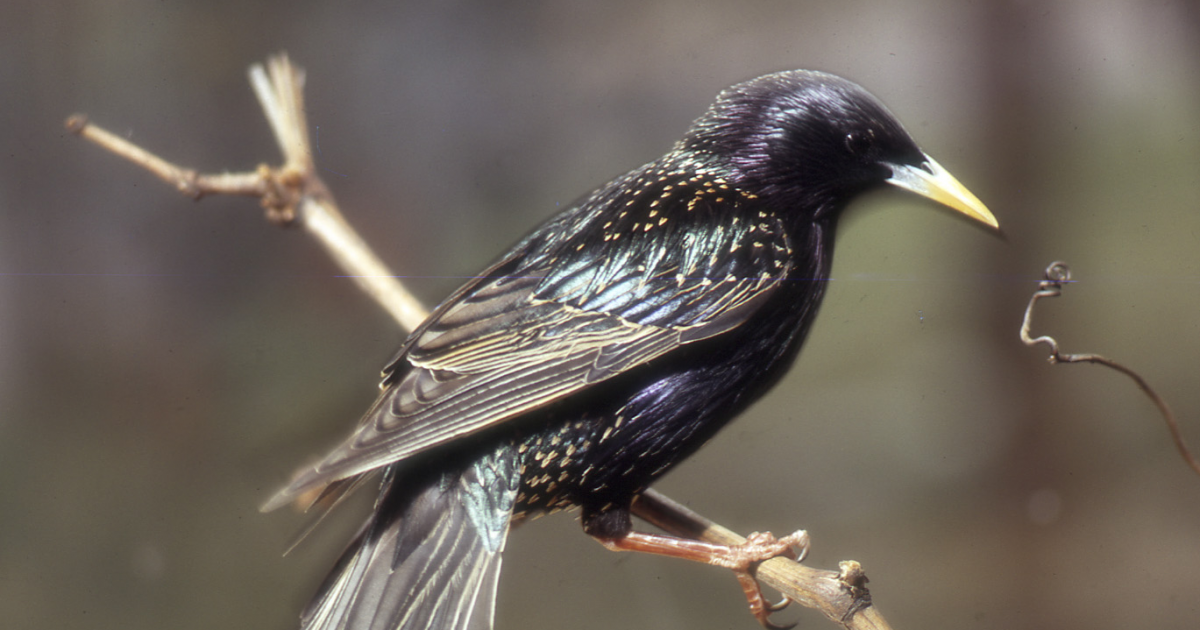Residents and travellers are urged to keep watch for unusual birds after four starlings were detected along the State’s south coast.

The Department of Primary Industries and Regional Development’s seasonal surveillance and trapping program found starlings at a site 30 kilometres north-east of Esperance, 25 km north-east of Hopetoun and near the Munglinup Beach Caravan Park.
Department officers have increased trapping in the area and residents are reminded to be on the lookout for unusual black birds.
“The common starling is considered one of the world’s worst bird pests,” department invasive species manager Richard Watkins said.
“They feed on cultivated grain and horticultural crops, disperse weeds, foul wool and can displace native birds.”
The department runs an ongoing trapping and surveillance program in the south-east of the State to prevent the encroachment of the pest birds from South Australia, where this introduced pest has established.
“Following these detections, we are also working with South Coast NRM and Esperance Bird Observers Group volunteers to assist with surveillance efforts,” Mr Watkins said.
“We have reduced starling numbers in the region dramatically over the past decade and we want to continue to work closely with the community on starling control.
“We encourage community members to be vigilant and report any usual activity such as birds on the back of livestock or groups of black birds flying in tight groups.”
Other than willy wagtails, starlings are one of the few birds that will stand on the back of livestock.
Starlings are small to medium-sized birds. They have distinctive glossy black feathers with an iridescent green and purple sheen. From a distance they can look plain black.
Young birds, seen mainly in spring and summer, are a mouse-brown colour. When they moult to adult plumage in autumn they have a patchy brown and black appearance, often with some pale spotting.
Starlings are aggressive, social birds and can form very large flocks that move, feed and roost together.
Unusual bird sightings, particularly in the Munglinup, Hopetoun and Esperance areas, should be reported to the department’s Pest and Disease Information Service on 9368 3080 or email [email protected].


